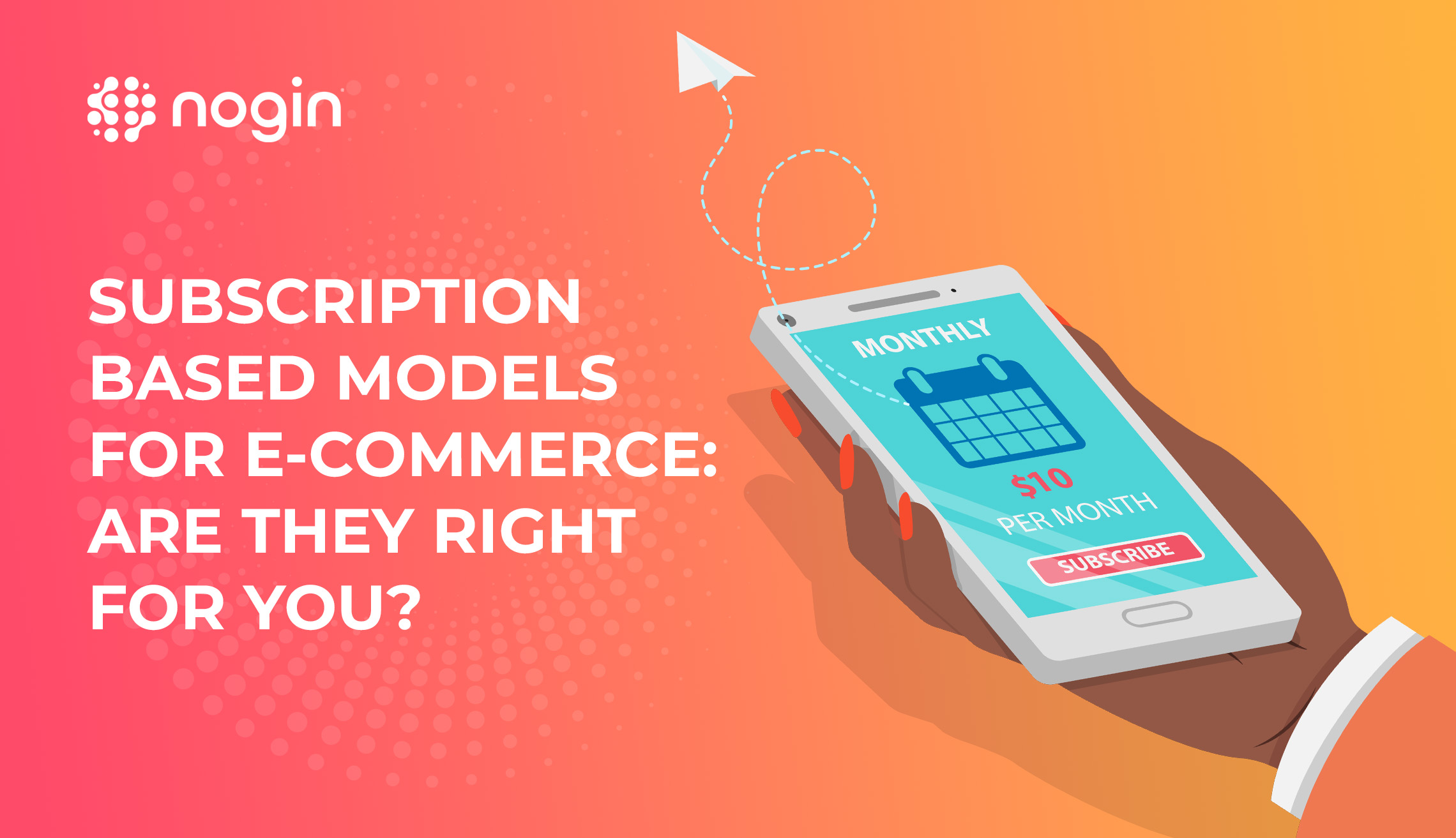In the not-so-distant past, subscriptions were limited to magazines and cable TV.
Now, consumers can subscribe to anything from meal kits to beauty boxes to regular deliveries of household essentials.
Subscription-based models for e-commerce have grown exponentially over the past decade or so. In 2020 the global subscription-based market was valued at $34.7 billion and may reach $450 billion by 2024.
Just about every industry, from beauty to entertainment, now offers a subscription-based service. In fact, some estimates found that almost 75% of direct-to-consumer (D2C) brands were offering subscription services in 2023.
What’s more — even in times of economic uncertainty, consumers are keeping their subscriptions.
By implementing a subscription into your e-commerce business, you could be turning one-time customers into lifelong shoppers. But what makes a good subscription? And how can brands grow and launch them successfully?
Keep reading to find out why launching a subscription could be a game changer for your e-commerce business.
What are the benefits of offering a subscription service?
There’s no one-size-fits-all subscription to offer to your customers — a Spotify or Netflix subscription, for example, serves a very different purpose than your toilet paper subscription from Amazon.
There are a few main subtypes of subscriptions:
| Curation | Customers receive a personalized selection of products on a recurring basis. | ex. Hello Fresh, Stitch Fix, FabFitFun |
| Replenishment | Customers choose essential or frequently used products to be delivered on a regular basis. | ex. Amazon Prime, Pretty Litter, Ritual |
| Access | Provides subscribers with ongoing access to a curated selection of premium products, services, or exclusive content for a recurring fee. | ex. Nuuly, Thrive Market, ClassPass |
Each model provides different benefits both for the customer and the business. Here are a few of the best things about implementing a subscription model:
- Predictable revenue: Arguably the top benefit of offering a subscription is that it gives the brand a clearer picture of what their sales and revenue will look like in the next month. Insights from data about your customers’ subscriptions can also help you determine how much to reinvest in your brand.
- Strong brand connection: Subscription services should be a win-win for brands and their customers. Customers like to know brands have them in mind when offering products and services, and they benefit from the often discounted price of subscriptions versus a one-time purchase. Meanwhile, brands are able to gather more information about their repeat customers and continue to up their personalization game.
- Drive future sales through upselling and cross-selling: Because a subscription offers continuous contact with your customers, you have endless opportunities to personalize their experience and lead them to additional purchases they may want to add to their cart. You also save on marketing costs — rather than market to brand-new customers, you can focus your resources on marketing to those who have an existing relationship with your brand.
- Increase the value of your business: Not only do subscriptions ensure a steady stream of recurring revenue, but they also enhance your attractiveness to potential investors or buyers if you decide to sell in the future. Data from the Subscription Economy Index (SEI) shows major growth potential for subscription businesses, which have already significantly outpaced S&P 500 company revenues and U.S. retail sales over the past decade.
What makes a good one?
Offering a subscription to your customers is one great way to strengthen the brand-customer relationship, all while building value and future sales opportunities. But here are a few common potential pitfalls that it’s good to be aware of, and how to avoid them:
- Churn rate — This is the percentage of subscribers who cancel their subscriptions within a month or a year. High churn rates can significantly slow down revenue and growth potential — when subscribers cancel their subscriptions all the time, it can be hard to predict revenue and achieve sustainable growth.
How to avoid it: Focus on creating a strong customer experience by seeking out feedback and addressing it promptly, and looking for ways to engage customers, like through personalized offers.
- Customer Acquisition Costs — Acquiring new subscribers can be expensive, especially if the cost of acquisition exceeds the lifetime value of the customer. Depending on the type of model you offer, there could be higher operational costs, including packaging, branding, and regular shipping.
How to avoid it: There’s no way to completely avoid some of these costs, but one way to mitigate them is by leveraging referral programs to drive organic growth.
- Overwhelming Customer Expectations — There are a lot of subscription services out there, and as a result, customers may have high expectations for personalization and product quality, variety, and value for the recurring fee they pay. If your brand fails to meet these expectations, you might start seeing negative reviews and lower subscriber retention.
How to avoid it: It’s vital for brands to be as transparent and communicative as possible with subscribers. It’s also vital to continually seek out and listen to feedback.
Create a subscription model that wins with Nogin
Implementing a subscription-based service can significantly grow your e-commerce business and boost customer engagement—but it requires careful execution. Nogin is here to support you in every step, from personalizing your website to managing your first subscription sign-up and everything in between. We assist with seamless integration of subscription billing, creating personalized customer experiences, optimizing inventory management, and providing detailed analytics to track and enhance performance. Schedule a zero-pressure, introductory phone call with us to discover how our enterprise technology solutions can help you succeed in e-commerce.


